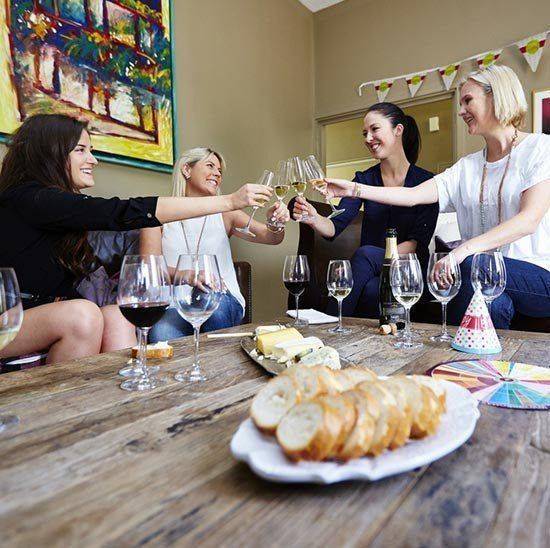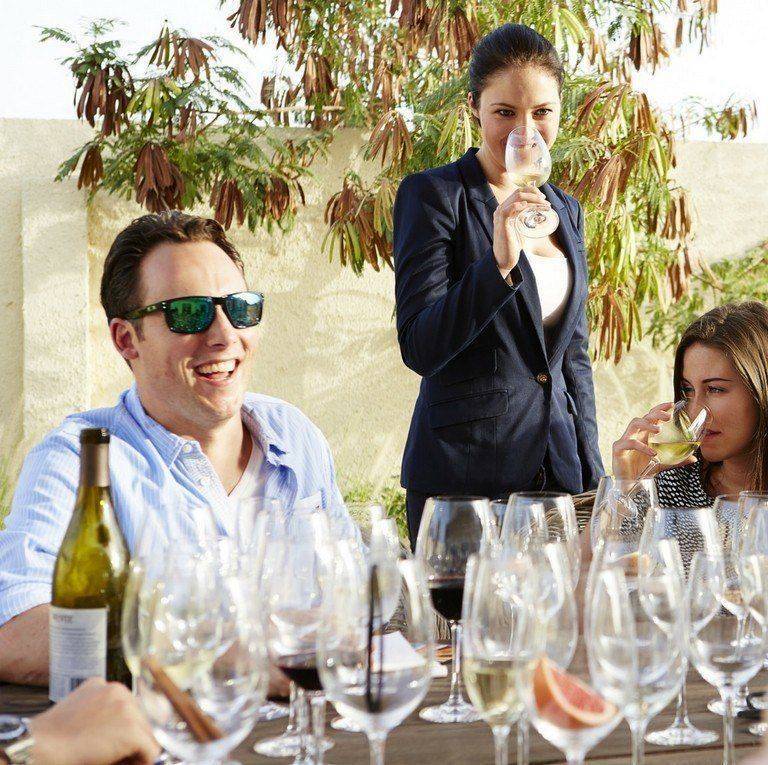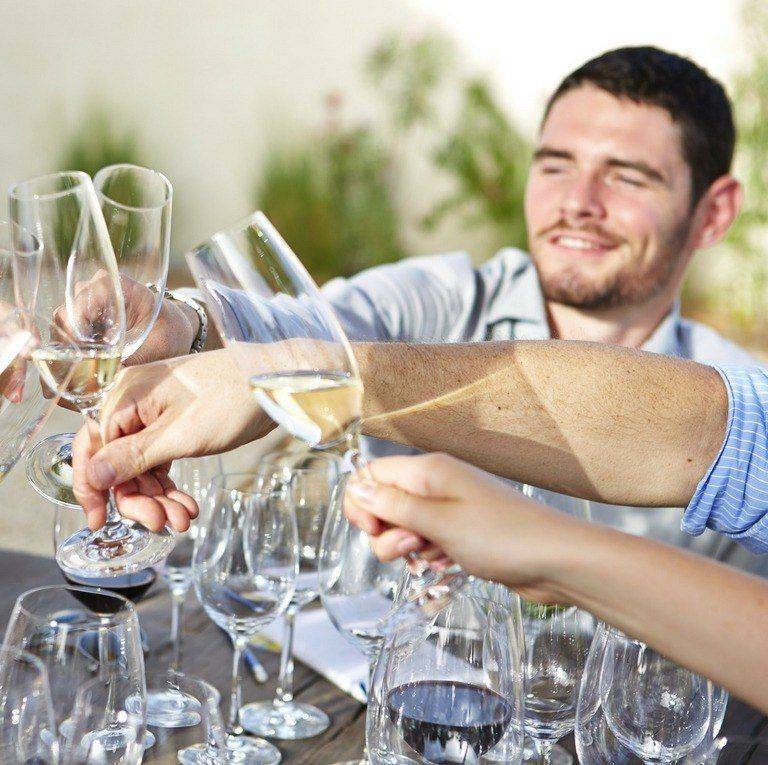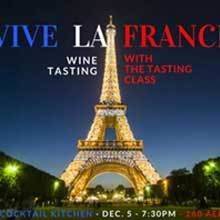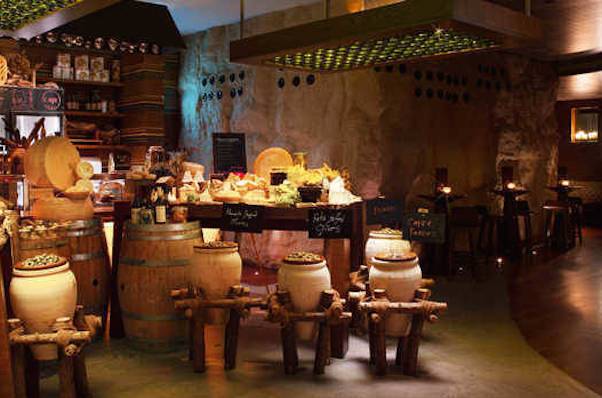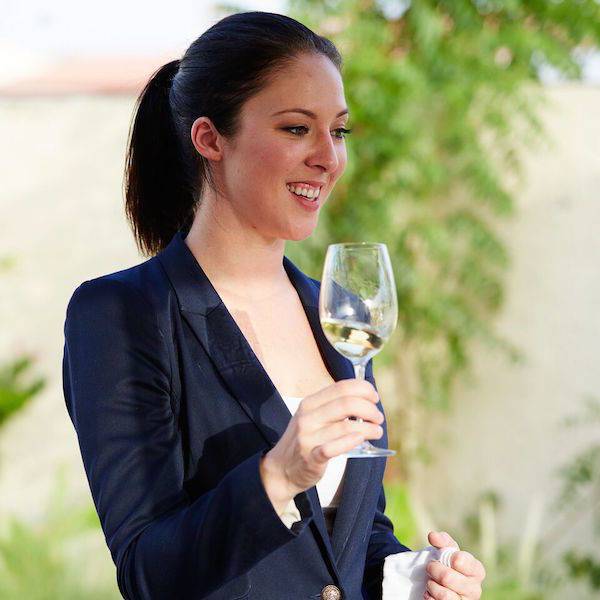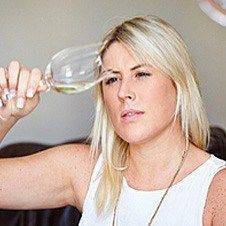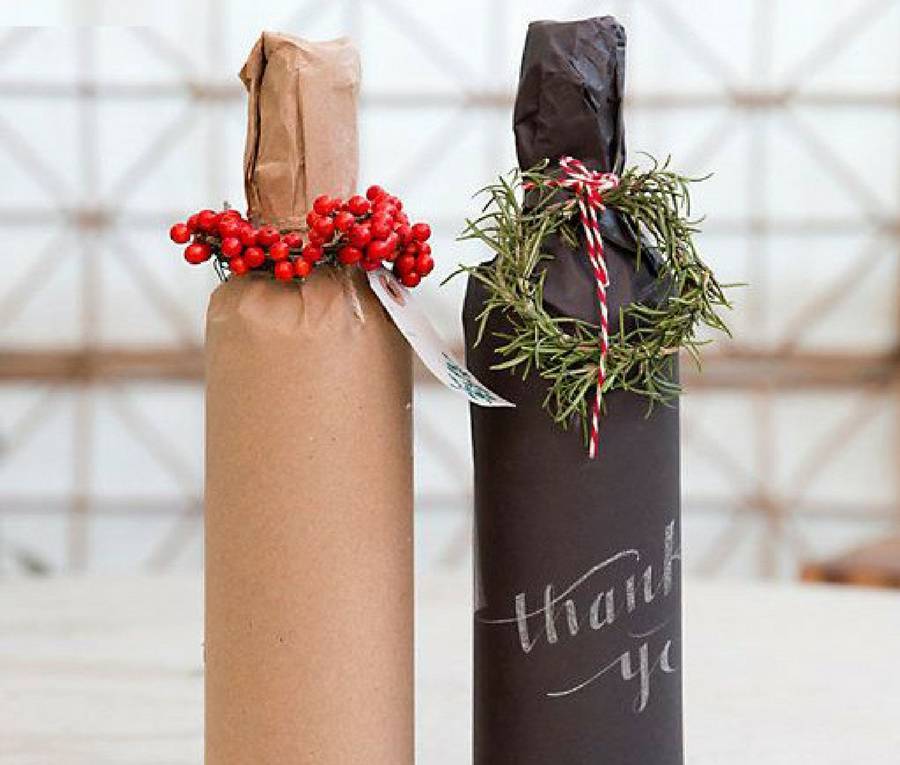Finding the Perfect Pairing with Wine and Food

How do you pick what wine you’re going to pair with your dinner? Do you lean on the old adage, ‘red wine with red meat and white wine with white meat’? Or, do you try to stick with the classically well-known pairings like Champagne and oysters or Sauternes and foie gras? While those pairings are heavenly, let’s be real, how often do you eat oysters or foie gras?
There is a better way to pair wine and food that can be applied versatilely to everything from buttered toast to lobster bisque. Understanding how to make pairings will ensure that you can easily find several wines that will pair to the food without being obliged to shell out for Champagne just because you’ve ordered a half-dozen oysters (although if it’s in the budget we do recommend that
you go for it).
What do you need to know to make great wine and food pairings?
When we eat and drink our palate adjusts to accommodate what we’ve had. Have you ever felt your mouth tingly and water as you take a bite out of something sour like a dill pickle or lemon? That is your mouth preparing for the huge hit of acid it’s about to receive by producing extra acid to soften the sensation inside your mouth.
These changes on your palate can cause you to perceive your next bite or drink differently. An extreme case of this is when you brush your teeth with minty toothpaste, then have a drink of orange juice. Your mouth doesn’t pick up on the sugar in the juice and it just tastes sour.
Another example of a less-than-tasty interaction is when you try to carry a dry wine that was lovely with your main course over to your dessert. It may no longer taste rich, round and fruity. And instead, taste thin and sour.
It’s not all doom and gloom though. While the old adage about
red wine and red meat isn’t fool-proof it can be a reliable one, especially if you’re talking about a juicy grilled steak with lots of caramelised fat. The dry tannins and acid in a bold red wine work to cut through and clean the fat from your palette, and the fat works to make the acid and tannin in the wine feel less abrasive.
This combo can be so perfect that you may find that the wine and steak taste better together then they do if you were to enjoy
them separately.
Wine and cheese is another example of taking advantage of these positive interactions. The saltiness of cheese will make your wine taste fuller, fruitier and rounder. That’s right, your wine is likely to taste better with cheese.
How can you create these great pairings on your own?
To make great parings you need to understand what interactions are likely to happen in your mouth and take advantage of the positive interactions that can occur and to avoid the less tasty interactions.
For that, we need to look at the key flavour elements in both our wine and food and see how they work when put together.
In wine, the key pairing elements are acid, tannin, sugar and alcohol. In food, we will also find acid and sugar, but we will also find, salt, fat and sometimes chilli.
The tasting class will explore these interactions first-hand on September 9th when we will be delivering a WSET provided class on Finding the Perfect Pairing in honour of their 50th Anniversary. This will be a classroom-style lesson where we will do a series of exercises that will give attendees a first-hand understanding of the interactions that make great and not-so-great pairings.
For more information and to register for this class please visit https://thetastingclass.com/event/wset-50th-anniversary/
